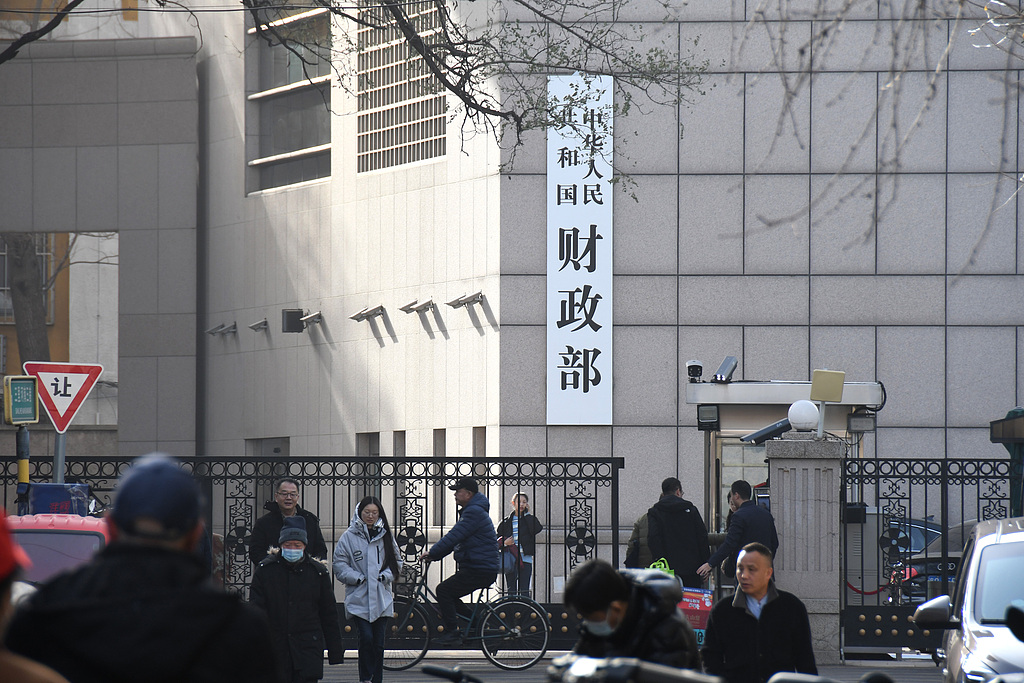Global bond markets have been in a bull market since the early 1980s. That marked the end of the last major inflationary period seen in developed markets. Most bonds pay a fixed income (“coupon”). So while rising inflation is bad (because it makes any fixed payment less attractive), falling inflation is very appealing (the “real” value of the fixed payment increases as inflation falls). This has been reflected in declining bond yields (and thus rising bond prices) for the past 40 years or so. However, the end of the pandemic might also mark an end to the bull market, as governments pump money into their economies to try to prop up the post-Covid-19 recovery and central banks resolve to ignore inflation in favour of full employment. Last week we looked at what sort of assets thrive in a more inflationary world. But what might happen to bondholders?
We’ve already had a taster. Yields rose sharply last week, hitting pre-pandemic levels. What makes today’s bond investors particularly vulnerable is that, as Cullen Roche notes on his Pragmatic Capitalism blog, record-low interest rates mean that bonds offer virtually no income cushion to protect against capital losses. In the late 1970s, when US government bond yields were at double-digit levels, the pain caused by any rise in rates hitting the price of the bond was partly offset by the income.
Today, most government bonds and other “low-risk” bonds pay barely any yield (or none at all in many cases); or, as James Ferguson of MacroStrategy Partnership puts it, “bond yields have less of an inflationary margin of safety than at any time in the last 60 years”. Also, the fact that the last bond bull market began about 40 years ago means that “no one now working in the bond market has ever experienced worsening inflation, nor navigated a proper bond bear market”, adds Ferguson. This surely increases the risk of panic as inflation starts to rise.
Central banks are likely to try to avoid any overly disruptive surges in yields. For example, the Reserve Bank of Australia has already printed more money to buy more bonds and thus keep rates down, and “yield curve control” (see below) is likely to be adopted by many more monetary authorities. But while this strategy of “financial repression” might stop bond prices from crashing, it won’t prevent their overall returns from falling in real terms if inflation keeps rising. None of this is to say that you should sell all your bonds. No one has a crystal ball. But it’s worth reviewing your asset allocation and considering how to boost your inflation protection and also perhaps your cash levels. As Roche notes, even discounting a return to 10%-plus inflation levels, “the remainder of 2021 is unlikely to be a fun one for bond investors”.
I wish I knew what yield curve control was, but I’m too embarrassed to ask
In the wake of the 2008 financial crisis, interest rates across the developed world were cut to near 0%. As a result, the world’s central banks have been forced to experiment with ever more radical monetary policies, from negative interest rates to quantitative easing (QE – printing money to buy government bonds and other assets). One such monetary policy tool is “yield curve control”. So what is it?
A “yield curve” compares the yield on bonds with the same credit quality, but different maturities (the maturity is the length of time before the bond repays its face value). So the Treasury yield curve (the most important one) shows how interest rates vary across different maturities of US government debt. A healthy yield curve slopes upwards from left to right – in other words, a ten-year bond will yield more than a five-year one, for example. That makes sense, because in a growing economy with plenty of opportunity, you’d expect to get paid more to wait for your cash.
Yield curve control is when a central bank, rather than just setting short-term interest rates, aims to fix rates on longer-term debt too, by pledging to buy (or sell) as many long-term bonds as necessary to hold interest rates at or below a certain level. The Fed conducted yield curve control both during and after World War II, in order to keep US government borrowing costs down.
The Bank of Japan (BoJ) has had a similar policy in place since 2016, keeping the yield on the ten-year Japanese government bond (JGB) at 0%, although in the case of the BoJ, the main aim was to keep long-term rates from turning negative and hurting the banking sector. The Reserve Bank of Australia adopted limited yield curve control in March last year as Covid-19 spread around the world, saying it would pin the three-year bond rate at 0.25%, and then reducing that target to 0.1% in November last year.
By John Stepek
Related Posts
JP Morgan plans Nigerian merchant banking expansion
JP Morgan is advancing plans to transform its Lagos representative office into a fully-fledged business…
Despite Kyiv Office Launch, Africa Remains Main Investment Destination for Swedfund— Including in Funds Targeting Startups.
Africa absorbed the vast majority of new investments made by Swedfund, Sweden’s development finance institution (DFI),…
Nigerian Billionaire, Adebayo Ogunlesi, Leads BlackRock’s $23bn Acquisition of Panama Canal Ports
Months after President Donald Trump had been hammering Panama over its most valuable asset, the…
Investigations & InquiriesEx-CEO accuses UOB of coercion, threats, and S$500M corporate raid
Explosive Allegations Surface: Ken Koh Accuses UOB of Breaching Banking Secrecy and Orchestrating a Conspiracy…







